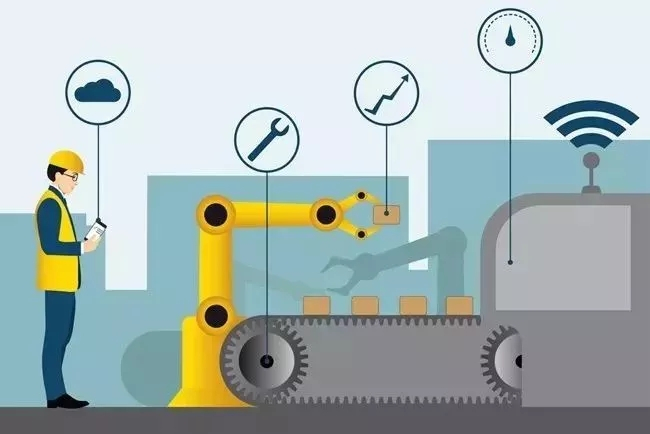Smart safety uses the same concepts as smart manufacturing or Industry 4.0. As with smart manufacturing, connectivity and real-time analytics can also extend to industry safety. Smart safety can help not only monitor and manage your safety performance, but also transform operations.
By connecting safety devices into operations and giving workers more insights into those devices, productivity boosts. Also, common machine-stoppage problems and production issues are identified and even predicted before they happen.
Put Safety Insights to Work
Smart safety devices allow to access safety data that was not being generated or could not be extracted from safety systems. Data gives valuable insights into key aspects of operations and can be put to work in a number of ways to help improve production.
Uncover Production Issues: Smart safety devices can create a trail of data that points to larger issues impacting production. For example, a production manager could see that an interlocked guard door is being used frequently and disrupting production. And when the production manager discusses the high usage level with operators, they could discover that the operators were routinely opening the door to adjust a malfunctioning device.
Reduce Safety-Related Downtime: Safety device data can also help identify discrepancies between policies and operating procedures that affect up-time. It is difficult to know if workers are misusing safety devices. Workers, for instance, may be pressing e-stop buttons to stop production at the end of a cycle, which can lead to increased scrap and longer machine start-up times. But smart safety devices can record when and why they are used, which can help spot and mitigate device misuse.
Realize Predictive Maintenance: Long-term collection of safety device data allows to track device performance over time. Eventually, this data can help predict when a device is nearing the end of its life based on its usage or age. Maintenance staff can then create a plan for replacing devices before they fail, while also making sure those replacements occur during planned maintenance downtime.
Reduce Wiring: Traditional safety devices must be wired to safety inputs. This creates a more complex system and makes it difficult to distinguish data coming from multiple safety devices. Smart safety devices can be connected in series using a safety-based communications protocol. This can help simplify a system and reduce wiring up to 38%, and at the same time give access to individual device data.
Speed Up Troubleshooting: Operators or technicians can view the status of each connected safety device on a single human-machine interface (HMI) or mobile device. If an issue arises, they can quickly identify the affected device, diagnose the problem and repair it. They can also log device issues and interactions to track patterns and more proactively maintain the devices in the future.
Ease Regulatory Compliance: Documenting and reporting on approved safety systems can be challenging, as safety data is often manually entered for inspections, compliance logs, incident reports, training and other processes. Smart safety solutions integrate auditing functions into the HMI and controller so organizations can automate and speed up the auditing process, free personnel to focus on other priorities, and reduce the likelihood of errors.
Insights Drive Safety Performance
Of course, smart safety is first and foremost about safety. By connecting people, equipment and work sites, new opportunities to enhance both worker and environmental safety are created.
Better visibility into operations can help understand process states, environmental conditions and other factors that affect safety. This can help workers make safe decisions when working with hazardous materials or in harsh conditions. And it can help confirm that hazardous materials are not released into the environment.
Connected devices such as wearable sensors can help locate employees if they are working in isolated and potentially dangerous environments. They can also use voice and video technologies to monitor and communicate with workers if a safety incident occurs.
Greater connectivity also allows to remotely monitor dispersed or isolated locations. This can reduce the need for workers to travel to these sites and hopefully reduce the risk of transportation incidents, which are the leading cause of fatal worker injuries in the U.S. (according to the Bureau of Labor Statistics).
With assistance of smart safety devices, the future of manufacturing has the potential to be much safer and efficient.
Helpenstein,Thomas. (2018). “Improve Production with Smart Safety”. Retrieved from https://www.ehstoday.com/safety/improve-production-smart-safety.

